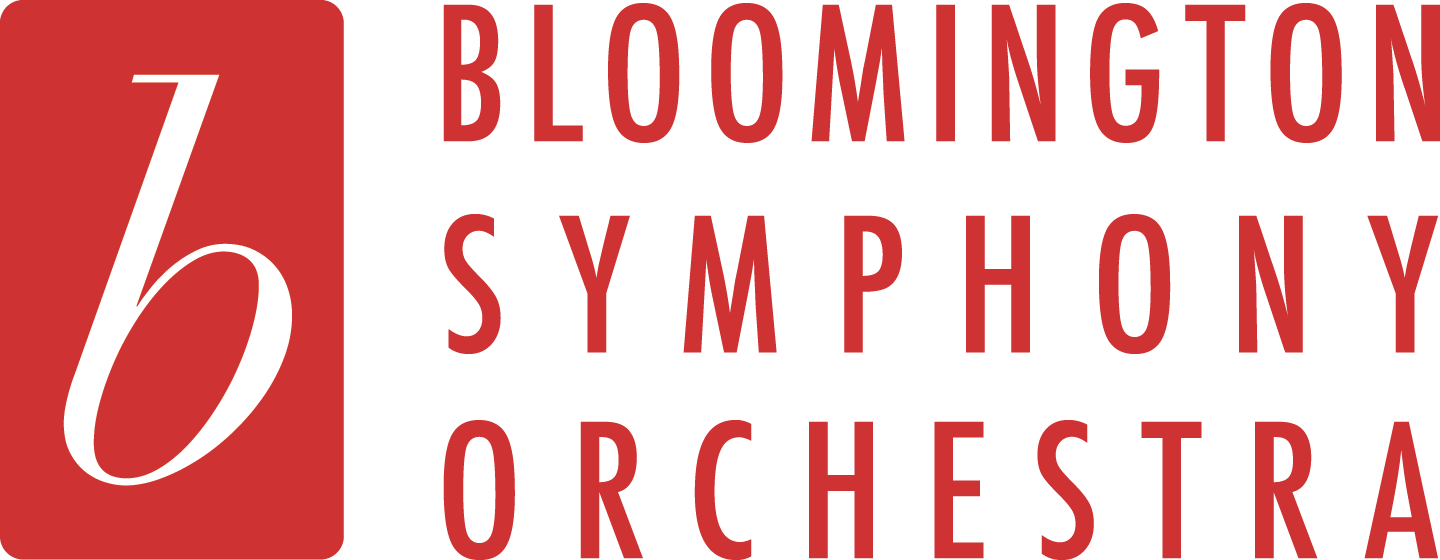We are pleased to share Manny’s Musings, a preview of the program notes for our upcoming concert. Enjoy these notes, and buy tickets for the concert to hear these pieces played in person.
Pity the poor conductor who has to present the orchestral music of a ballet, either in complete form or in excerpts. Absent the dancers, one has to rely on the music being very descriptive of something, if not the actual plot the ballet portrays. After all, remember that in opera, at least there is sung text to give you the story even if some singers forsake diction for cultivated wailing. In the music of dance, notes do help give an overall picture, but not the play-by-play a flamboyance of dancers can provide.
Maurice Ravel comes to the rescue with music of the French Impressionist period that is so rich it’s almost embarrassing. He spares no expense to obtain the colors and moods he sets, although Igor Stravinsky manages to take things to another level with his orchestration of the revolutionary Rite of Spring just one year later. Perhaps, upon reflection, this is even more of a feather in Ravel’s cap—to achieve the stunning clarity he does with somewhat fewer orchestral forces.
This approach of his to create a symphonie chorégraphique serves Ravel well, since the work has been performed more often as a concert work or as a set of suites without the dancers, than as a ballet with dancers. He uses the concept of the leit motif to give you an idea of who’s doing the dancing, but not knowing a stitch about the plot doesn’t ruin the enjoyment of the music in the least.
Here’s the ancient Greek plot whittled down to a nutshell for the sake of the ballet by Mikhail Fokine (1880-1942), the librettist, and whittled down even further by yours truly:
When a bunch of youths in a grotto get together and want to dance about nymph statues, inevitably someone’s going to get jealous. First, the lovely Chloé, and then the young and virile Daphnis, who is now annoyed at the advances of Dorcon, a cowherd. How to settle the dispute? A dance-off, naturally, with the prize being a genuine kiss from Chloé. Dorcon is clumsy and Daphnis graceful, leading to predictable results.
When Chloé is temporarily taken away by the crowd, a lovely shepherd girl tries to playfully but unsuccessfully seduce Daphnis. She fails and mocks him. But there are greater concerns, as the sounds of pirates are heard. They capture Chloé and take her away, leaving Daphnis in despair to plead to the nymphs who have conveniently come to life to help Daphnis ask for help from the god, Pan.
Meanwhile, Chloé is held captive by the pirates who force her to dance in supplication to their leader. As the dance ends, the leader begins to carry her off.
Not to worry, as Pan has sent a group of horned satyrs to battle the pirates into defeat as Pan, himself, appears to rescue Chloé.
Our portion of the suite begins while the grieving Daphnis lies about the rocks and dawn breaks: A shepherd lets him know that Chloé has ben rescued and is on her way. The two lovers are reunited and, to honor Pan, they recreate the story of Pan and his lover for a time, Syrinx. As the lovers end with an embrace, everyone participates in a general dance of gratitude and all live happily… well, you know.
Program notes by Manny Laureano
The rest of the Musings for Sutton Plays Mendelssohn! are posted in Manny’s Musings on the Bloomington Symphony website. Join us in person on Sunday, October 5, 2025 at 2 p.m. at the Gideon Ives Auditorium at the Minnesota Masonic Heritage Center, for this concert that will feature BSO Concertmaster Michael Sutton performing Mendelssohn’s Concerto for Violin and Maurice Ravel’s Suite No. 2 from Daphnis et Chloe, along with the world premiere of Neptunian Shores by Minnesota native Russell Holsapple.
